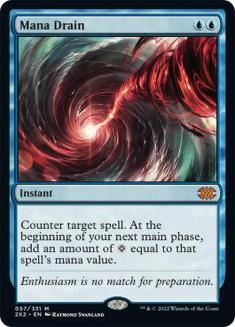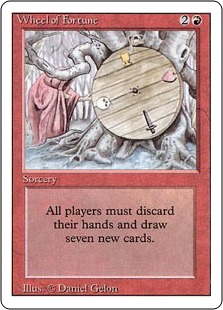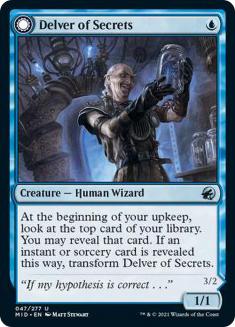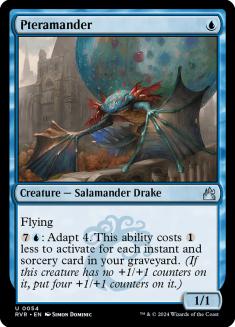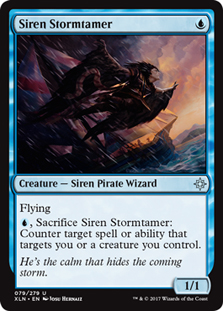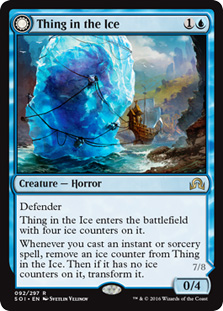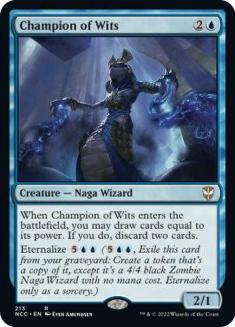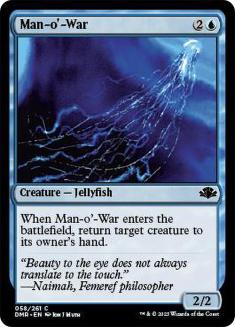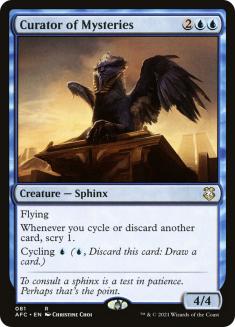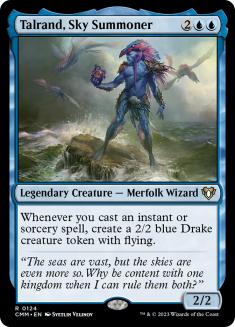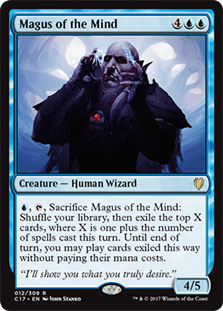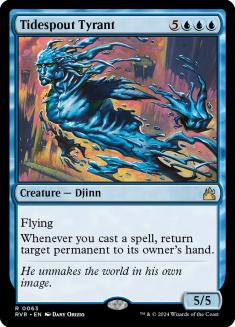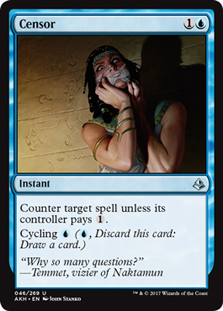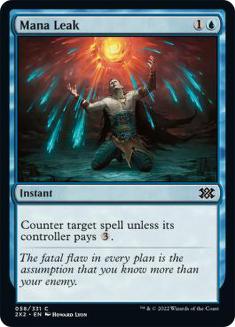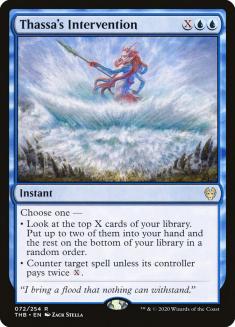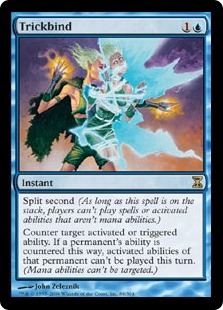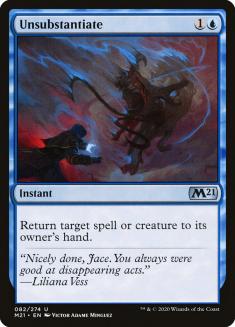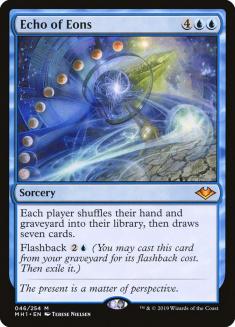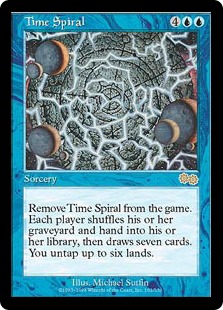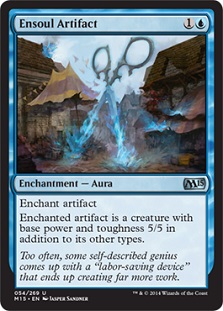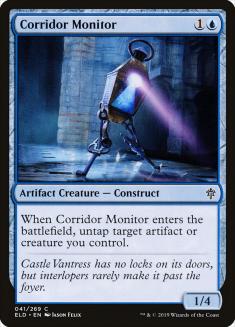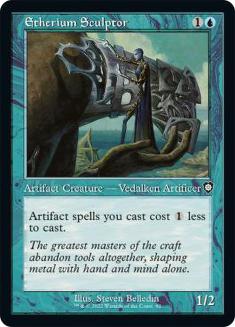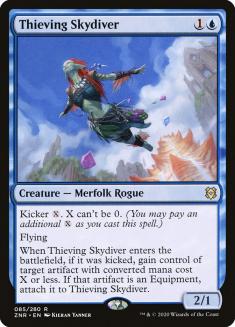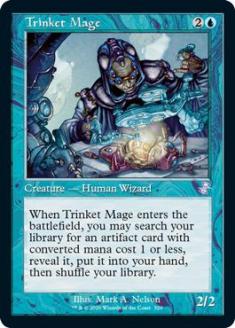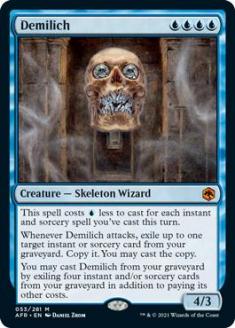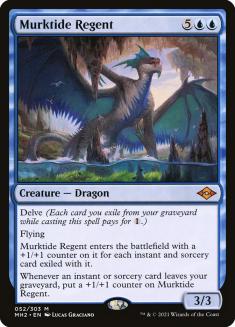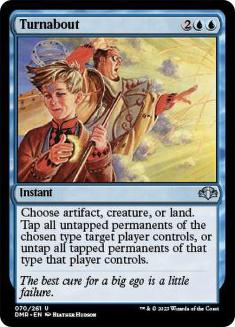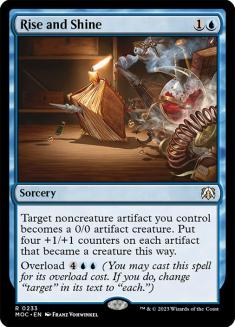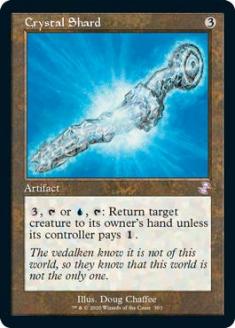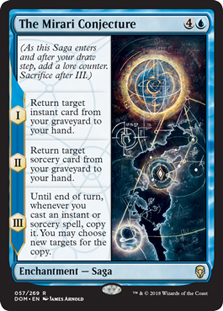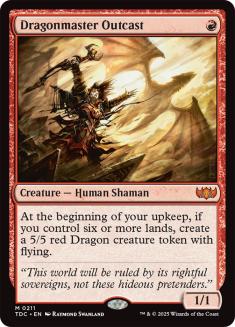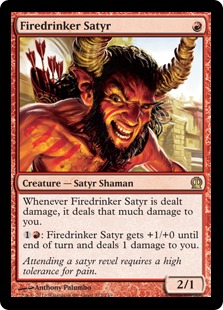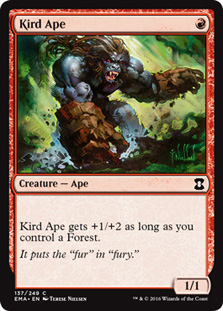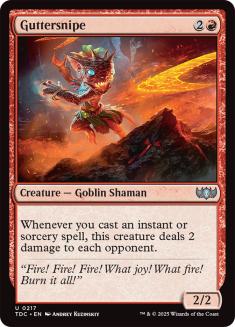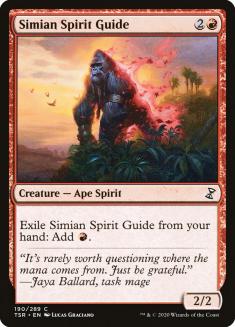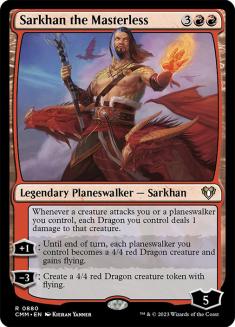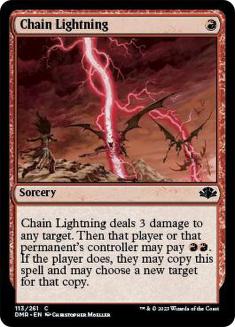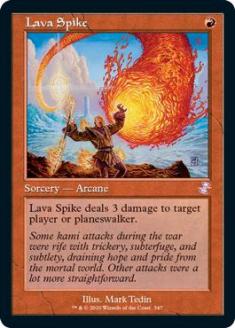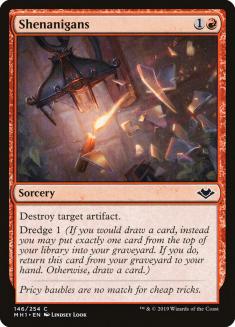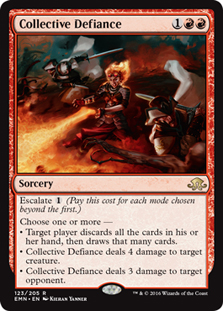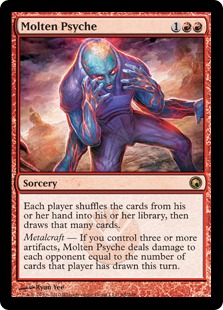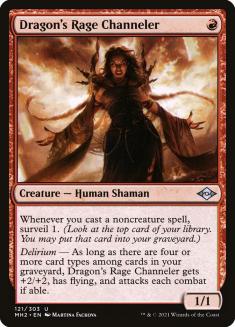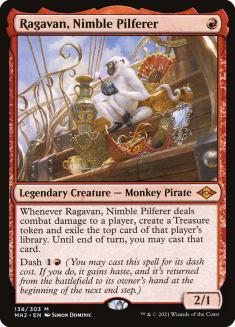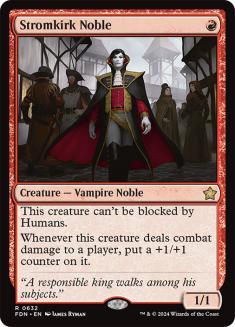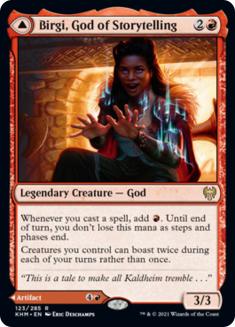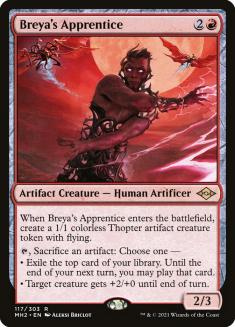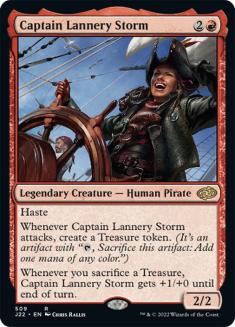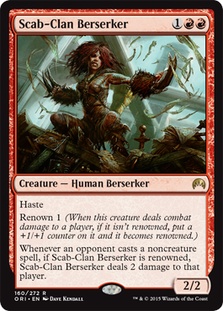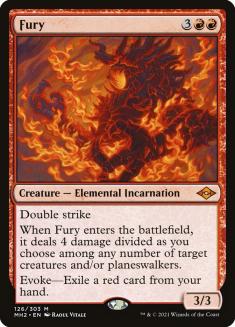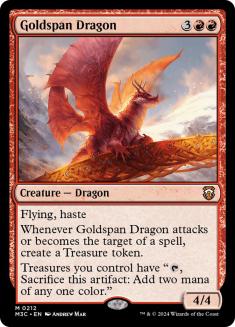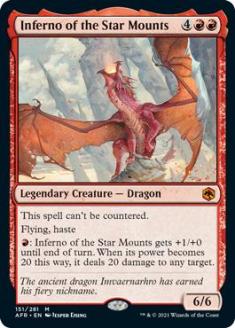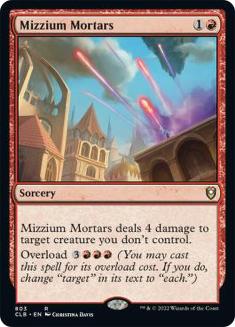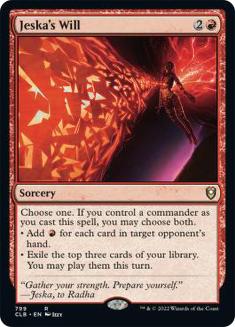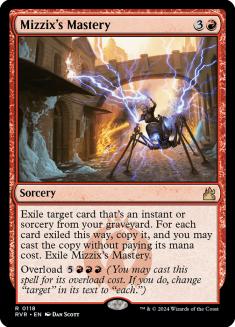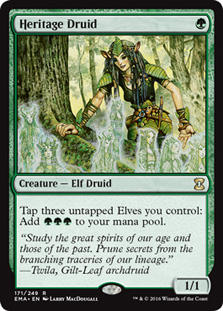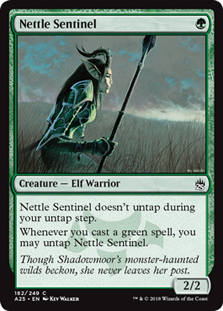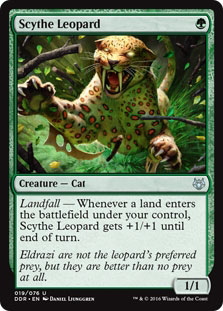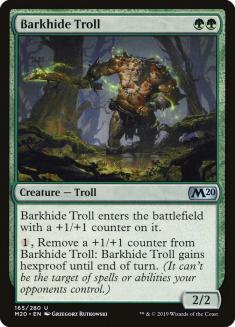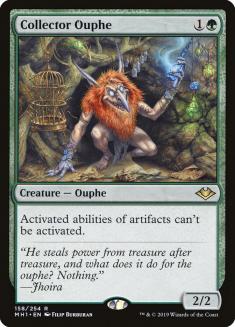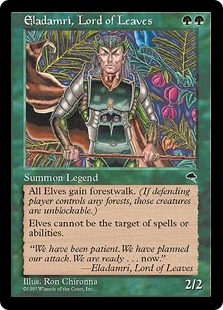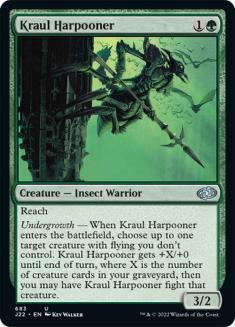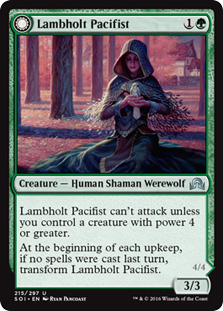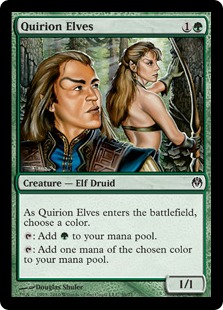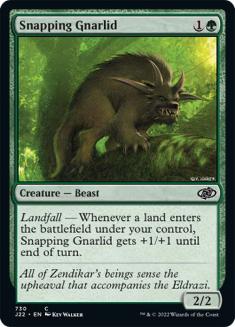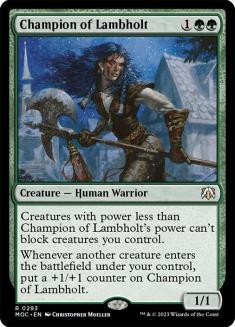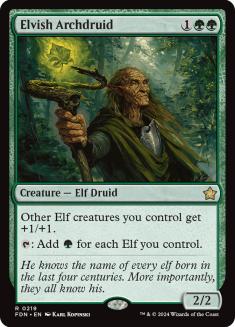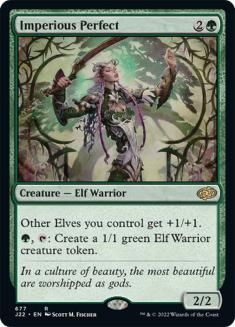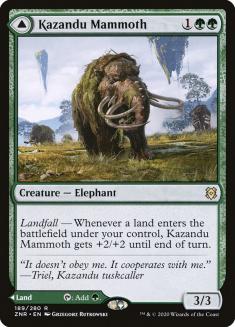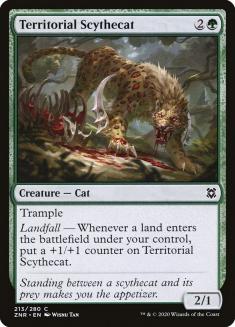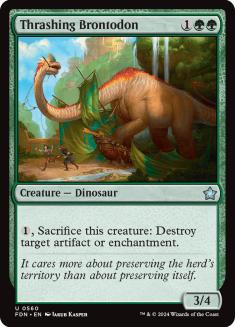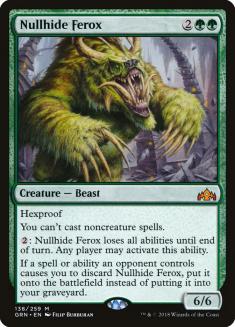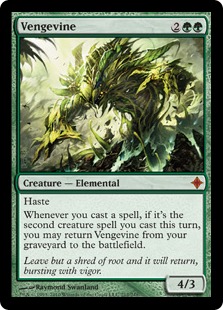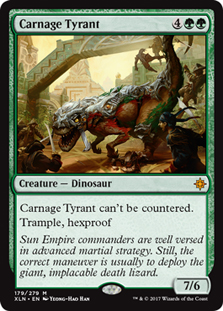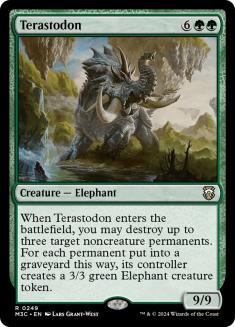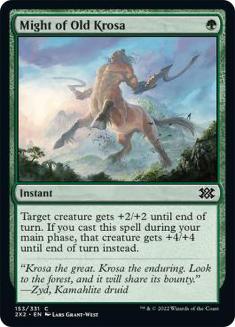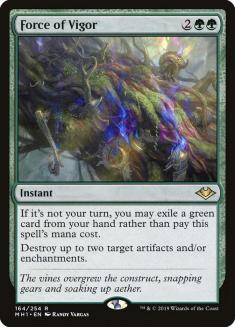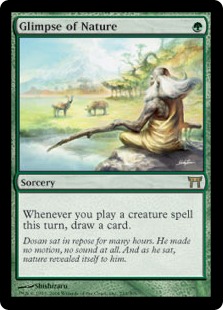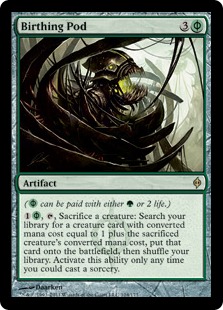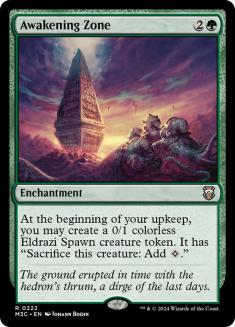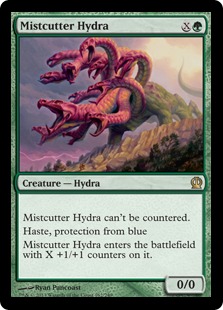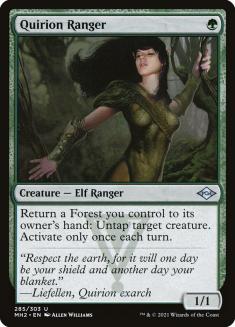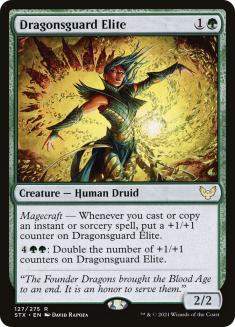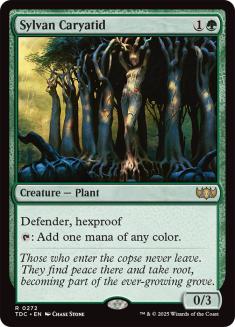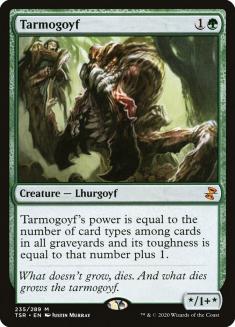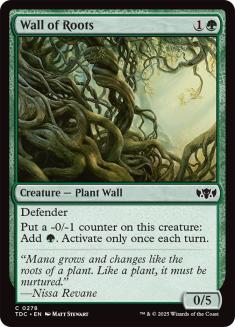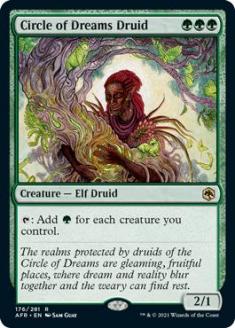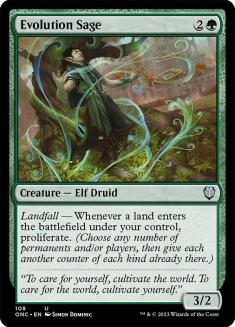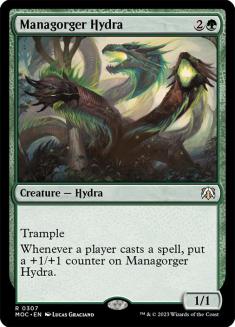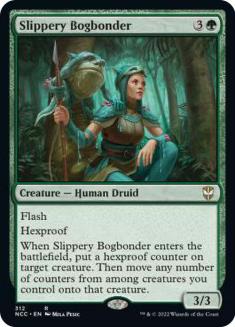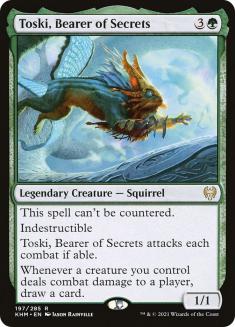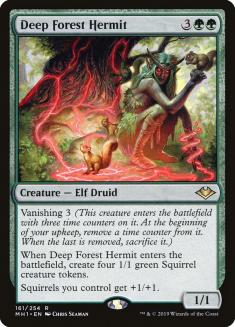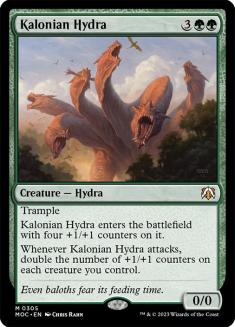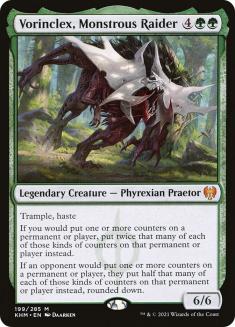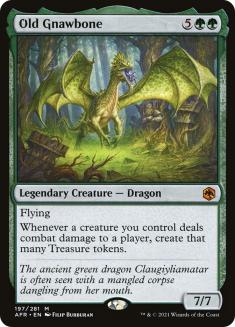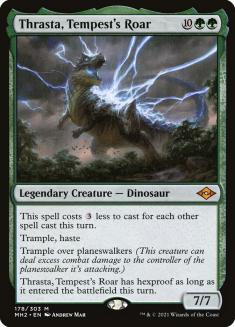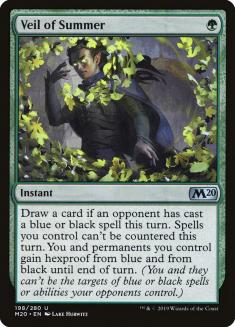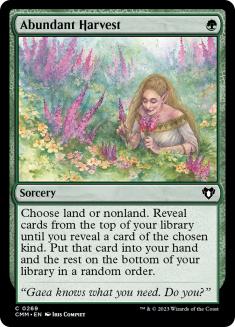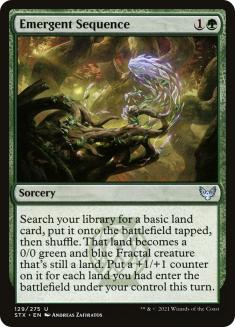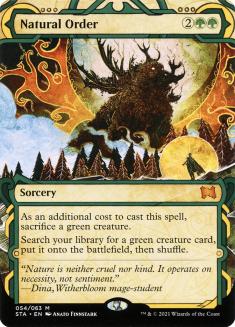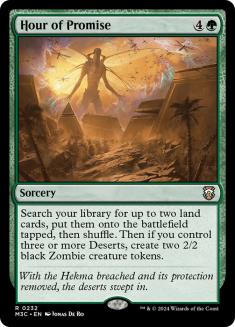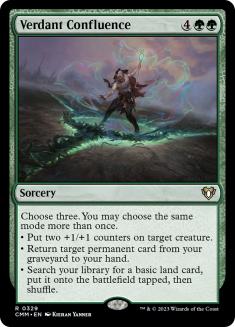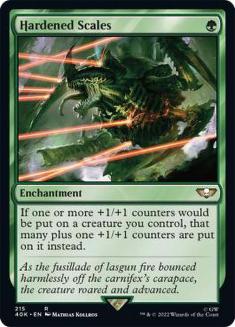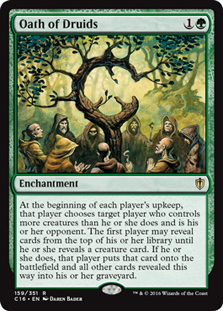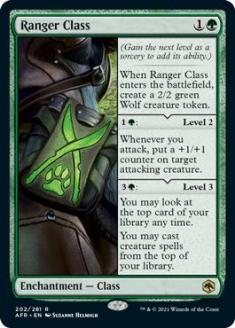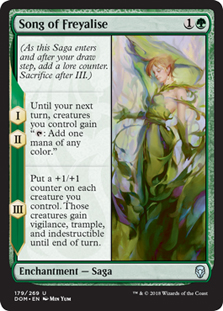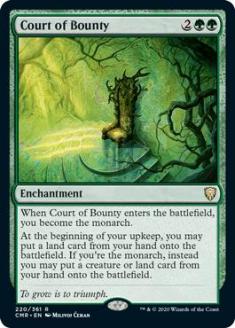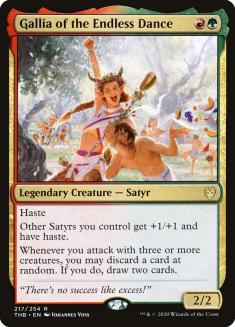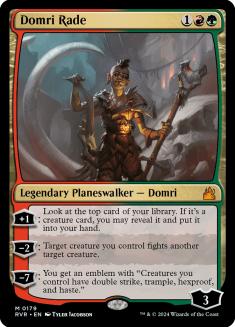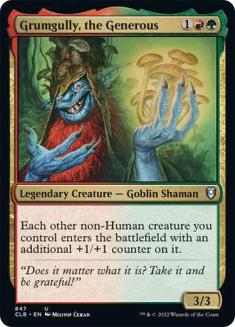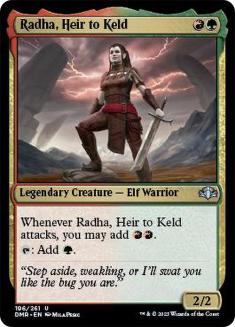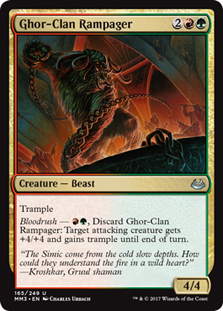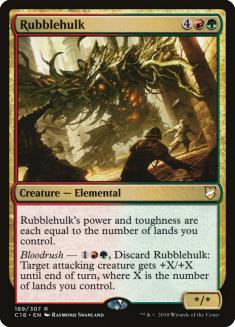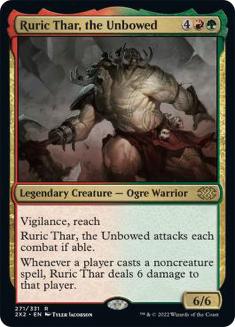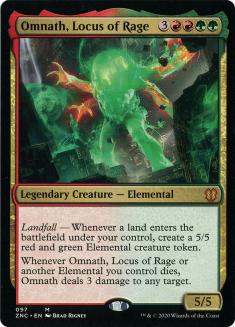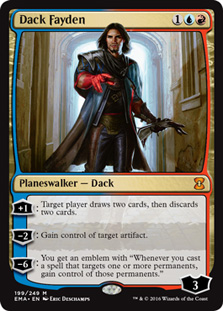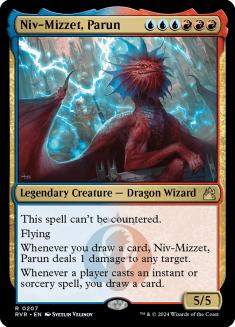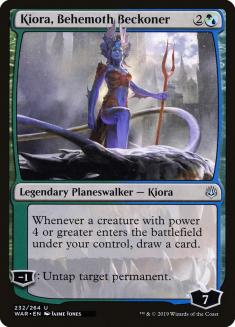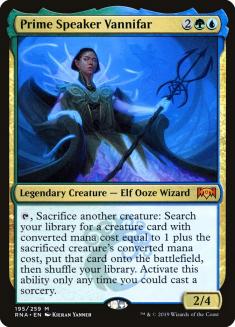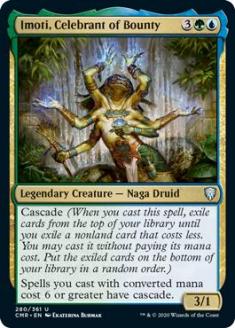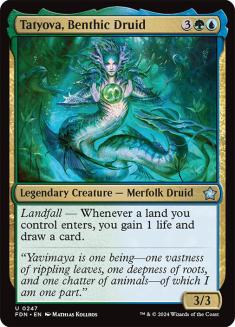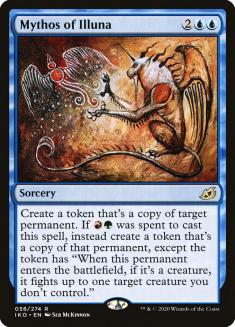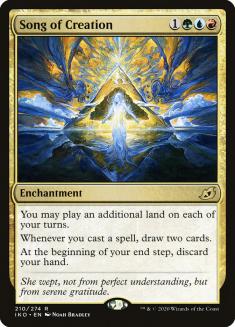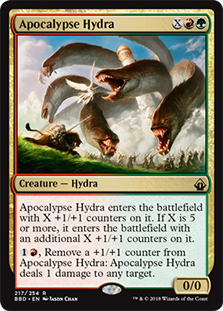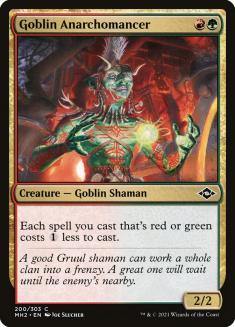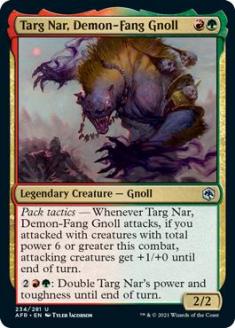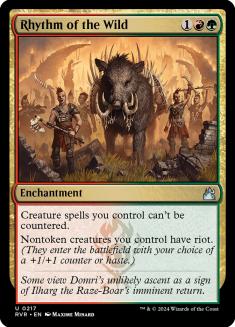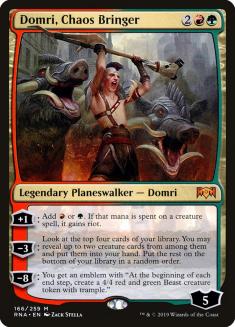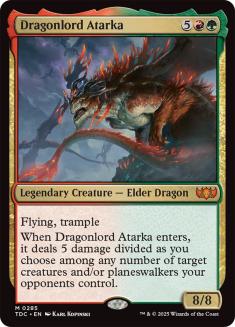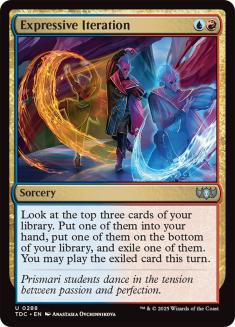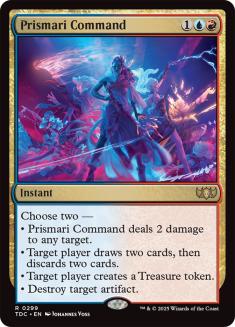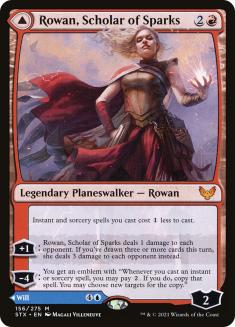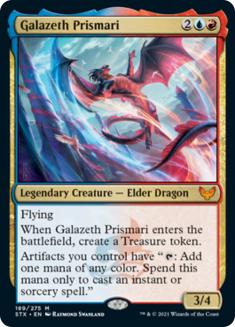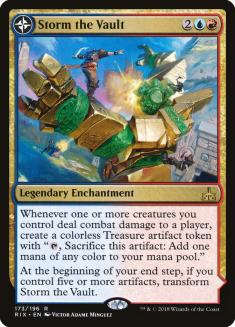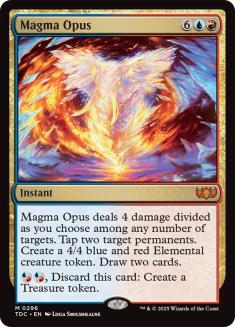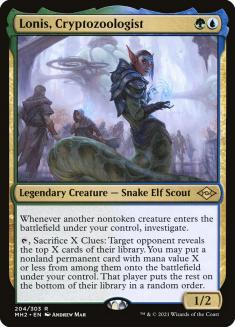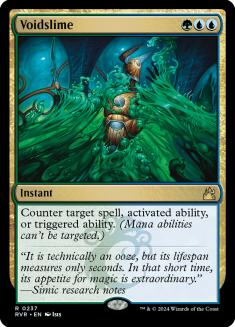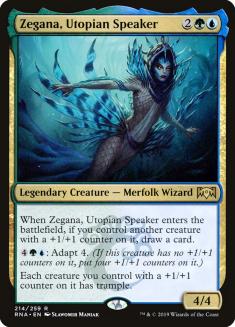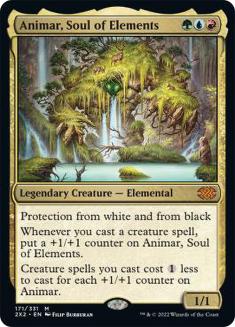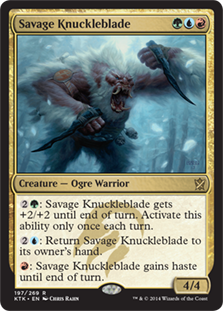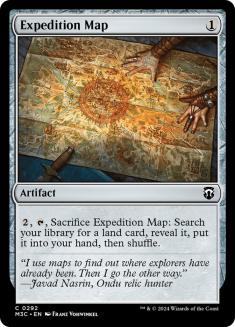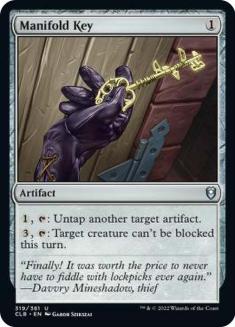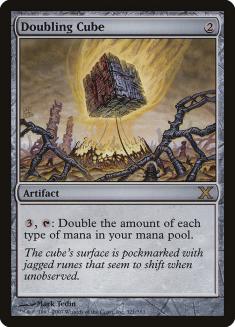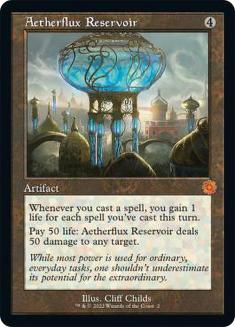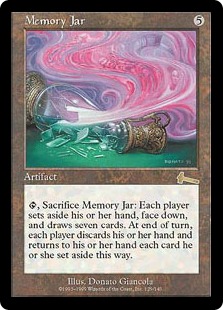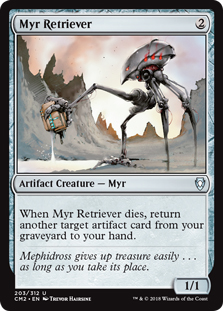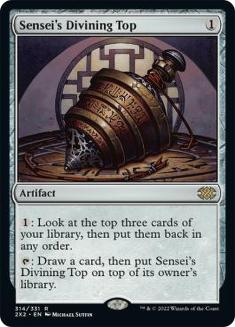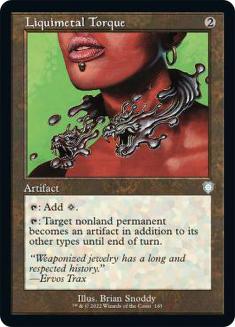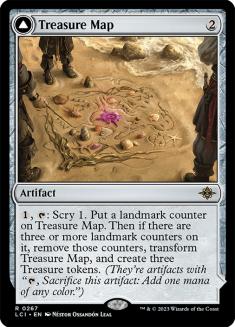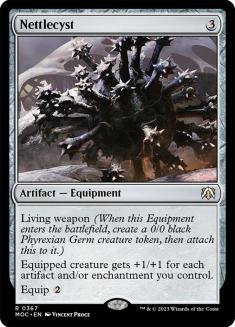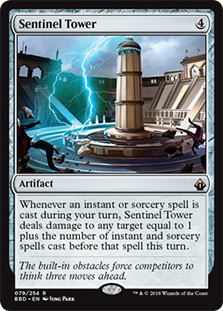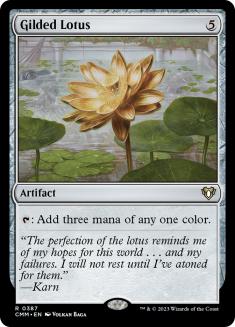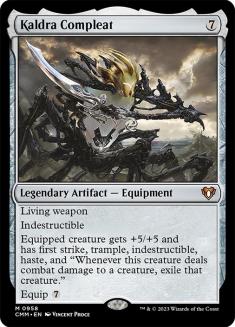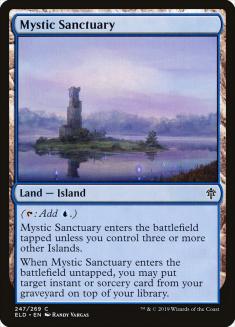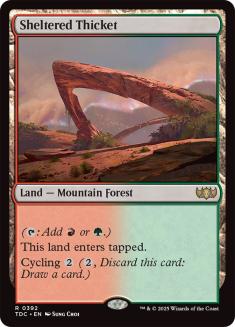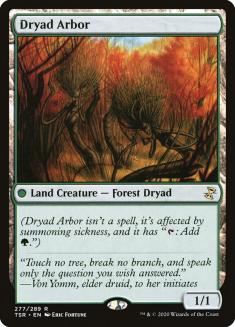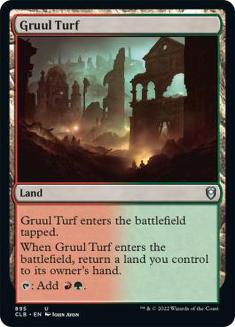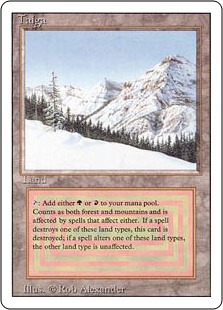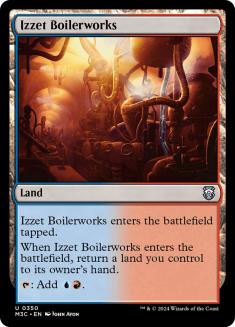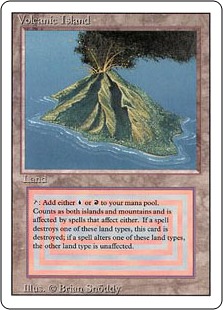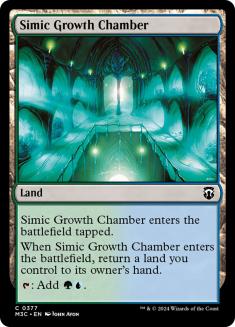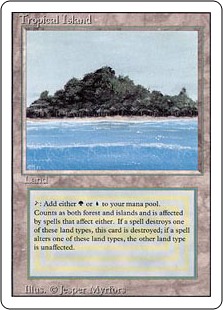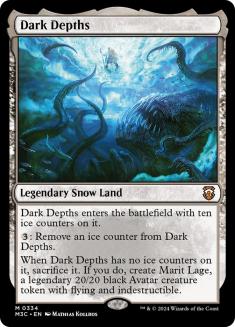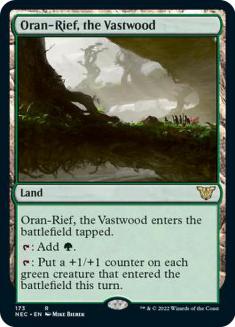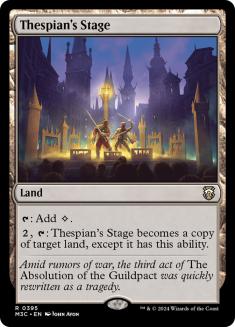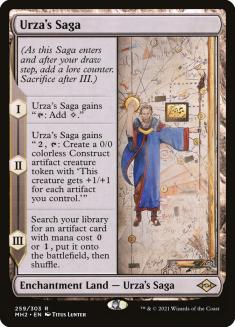Spotlight Cube Series month continues on Magic Online (MTGO) as we move from Autumn Burchett’s Bant Cube to Ellie Rice’s Temur Cube 2.0. As the name indicates, this will be Temur Cube’s second MTGO run, though as the “2.0” suggests there are some significant changes. I’m here to catch you up to speed.
As always, I recommend checking out Ellie’s article announcing this run of the Cube as a good starting point. From there, I’d recommend reading my breakdown of the Cube the first time it was on MTGO as today’s article is going to largely focus on the changes between that list and this week’s. Lastly, I’ve done my usual porting of the Cube over to Cube Cobra for a more easily digestible presentation of the card list.
The most significant changes to the Cube center around removing some of the power level outliers to narrow the power band and lead to more competitive games. We bid farewell to the following cards which I previously identified as being among the most powerful cards in the Cube for the 2.0 run:
There are still a few cards that I would argue are over the line and Channel has also been added to the Cube as another example of this, but for the most part the Cube looks to have taken significant strides in providing a more generally balanced experience. Mana Crypt and Mana Drain were easily the biggest offenders in the original list, so it’s great to see them removed. I’m skeptical of Channel’s ability to produce any good games, but I will contend that it is less offensive than the non-Wheel of Fortune cards on the outs here.
Of course, the changes to the Cube go well beyond this small list of cards. Let’s break things down by color and find out just what makes this Temur Cube version 2.0. Keep in mind that the exact balance of colors wasn’t maintained, so the number of outs and ins in every section won’t line up exactly.
Blue
Out:
In:
I wasn’t convinced of the blue aggressive creatures in the initial run, and I’m pleased to see them removed this time around. Blue remains a combo and controlling color and has fewer duds with this update. Many of the cards being cut actually make my deck more often than not with cards like Mana Leak and Force Spike on the chopping block, though some of this is to reduce the total volume of blue cards in the Cube. Blue previously had about ten more cards than the other colors and now green is the most abundant color, if by a smaller margin.
Turnabout and The Mirari Conjecture are two significant cards left off the original list that will benefit Storm decks for more adventurous drafters. You also see some additional support for the various artifact-matters decks here as well as Corridor Monitor increasing the number of Splinter Twin situations in the Cube. The Monitor would also be another possible route for Birthing Pod decks if that card wasn’t removed in this update.
The most significant new blue card is Murktide Regent. I expressed on The 540 with regard to Murktide Regent that there is a theoretical size and cost that would make a blue creature that only attacks and blocks excellent in high-powered Cubes, and at this point I am fully convinced that Murktide Regent clears that bar. The card has already established itself in both Modern and Legacy and I’ve been very happy with it in the Cubes that I’ve tried it in.
My general opinion of Demilich is that it’s impossible to cast and not appreciably be better than other options when you can make it work, but it does gain considerable value in a color-restricted Cube. I put it firmly in the camp of cards that you should almost never draft until you wheel it though.
Even with the reduction in volume of blue cards, it is still the color with the lion’s share of most powerful cards. I’d endeavor to draft blue more often than not in Temur Cube 2.0 with the understanding that you need to have a plan to not get run over by the red decks.
Red
Out:
In:
It’s somewhat odd to see Wheel of Fortune on the outs with Timetwister staying in the Cube, though broadly the changes here are improvements for red. The only cut that I really don’t like is Chain Lightning, with Lava Spike being a great cut from the Cube but the comparably awkward Skullcrack staying in, but while that’s a miss for me there is plenty to celebrate here.
Dragon’s Rage Channeler and Ragavan are two Modern Horizons 2 all-stars that add a lot of power to aggressive red decks, though I’d argue that the additions of Flame Slash and Mizzium Mortars are more significant for Temur Cube. Green decks are very good at putting up roadblocks against red decks with Courser of Kruphix being among the more difficult creatures to attack through, and these four-damage removal spells will go a long way in helping the red decks succeed.
Jeska’s Will and Birgi, God of Storytelling are two cards that I really like for red combo decks, though I think that the loss of Wheel of Fortune is far more significant for these decks than the addition of these two cards. I suspect that you can draft powerful combo decks in Temur Cube 2.0 especially given that Underworld Breach and Lion’s Eye Diamond are both still in, but having access to blue card advantage and selection looks to be of heightened importance for these decks.
The red aggressive decks in Temur Cube 2.0 look great and there’s strong support for midrange, controlling, and combo decks as well. I won’t shy away from drafting red in this Cube.
Green
Out:
In:
In the first run of Temur Cube I identified green as primarily being a combo color and this update really turned up the volume on that. There’s a lateral shift in the update from one form of green beatdown cards to a Hardened Scales theme that’s much less significant than the additions of Natural Order, Channel, and to a lesser extent Hour of Promise. I have a long history of being disappointed by Oath of Druids, though Temur Cube 2.0 is heavy enough on creatures that I could easily see it being yet another better option for green decks than beating down.
In addition to the busted updates, green is also gaining some power with cards like Deep Forest Hermit, Court of Bounty, Sylvan Caryatid, and Wall of Roots all gassing up their respective spots on the curve of ramp decks. The removal of Terastodon is a bit odd with Natural Order being added, though there are more than enough powerful options for these decks and when you have your pick Craterhoof Behemoth is the better option anyway. Verdant Confluence is the one card on the update that I had to read, and having done so I wouldn’t recommend it.
Mistcutter Hydra and Managorger Hydra are the two green cards that I believe add the most to green in the “fair” department. Mistcutter Hydra is easily maindeckable with the option to either outsize what your red opponent is up to or cheese blue players, and Managorger Hydra doesn’t take long to get completely out of hand in any game where it lives. These are premium options in the “creatures that attack and block” department if you’re into that sort of thing. Tarmogoyf is also no slouch here, but I expect that more players are familiar with that one.
If green wasn’t strong enough before, I fully believe that Ellie has gotten it up to snuff. I’m wary of the inclusion of Channel given its completely broken ceiling, but I like everything else that’s going on here.
Gold
Out:
In:
A lot of these changes are lateral shifts, with Dragonlord Atarka, Expressive Iteration, Prismari Command, and Lonis being the standout additions. All of these cards have been great for me in practice, and while Prismari Command has a much lower ceiling than Dack Fayden it’s much more reasonable to play against. It’s definitely one to look out for if you’re trying to draft a Metalworker deck.
I find the inclusion of Animar with protection from the two colors not in the Cube positively charming. It’s definitely one to keep in mind as one more way to go infinite with Palinchron. A lot of folks will be happy to see Savage Knuckleblade making its way in as sort of the poster child for Temur, though I’m less keen on actually drafting that one.
This update also comes with an increase in volume of mana-fixing lands, and much like with Bant Cube I would advise to assess cards on their individual merits with the expectation that you should have a solid manabase even for your fully Temur decks more often than not.
Artifacts
Out:
In:
Steel Overseer looks dicey to me without more one-mana artifact creatures, but I like most everything else going on here. I haven’t found Kaldra Compleat to be all that castable, but it’s another thing to find with Tinker and gives more reason to draft Mishra’s Workshop.
Treasure Map is just an excellent Cube card, and Sensei’s Divining Top is great for high-powered Cubes like this, so I love those additions. I’m more bullish on the colored spells in the Cube than the artifacts matter stuff, but the generically powerful artifacts and the most powerful cards for the artifacts-matter theme are all worth valuing highly.
Lands
Out:
In:
In terms of additional mana-fixing lands, bouncelands have been added and the original duals have been doubled. Dark Depths combo has been added along with Field of the Dead as reasons to value Primeval Titan much more highly. By this point we all know that Urza’s Saga is totally busted, and Dryad Arbor also makes an appearance as a cheeky option for the ramp decks.
These changes will make it a bit easier to draft a consistent manabase, which is already a strength of color-restricted Cubes. All the more reason to draft the full Temur when you do so desire. It’s pretty rare to see the MTGO Cubes break singleton, so just keep in mind that there are two copies of every fetch, dual, and shockland.
On balance, the updates that went into Temur Cube 2.0 look great. Mana Crypt was easily the most deflating part of the first run, and I’m very excited to explore this more balanced version of the environment. I’m not thrilled about the presence of Channel, but you do at least have to kind of work for that one.
Later, gamers. It’s Temur time.


